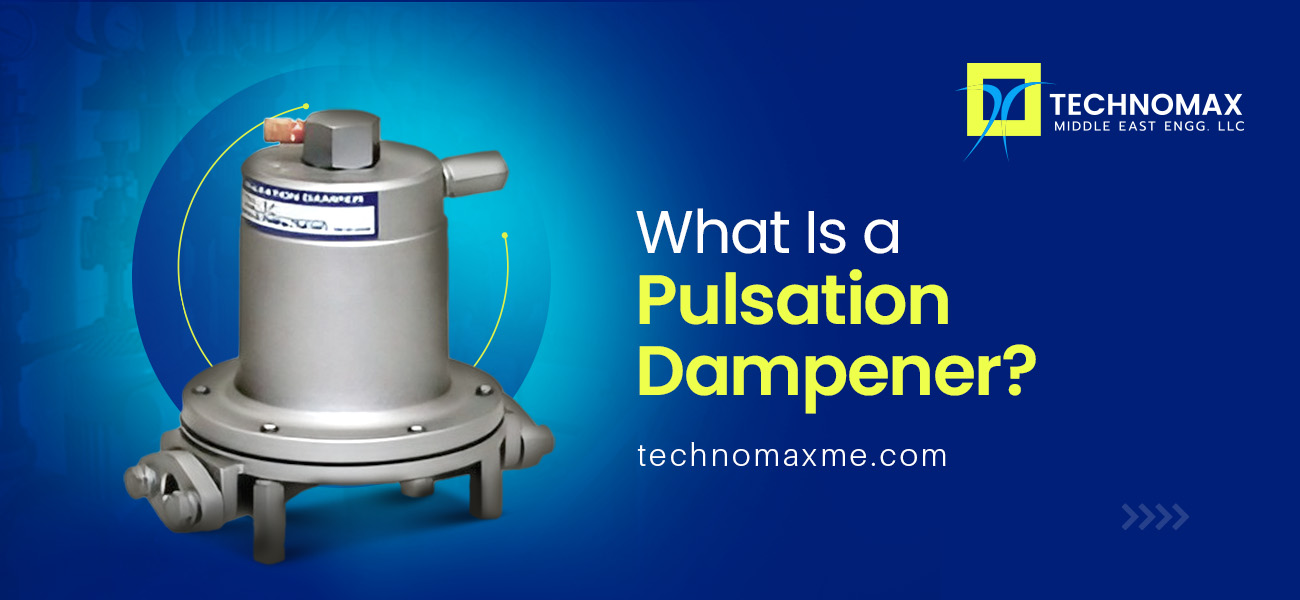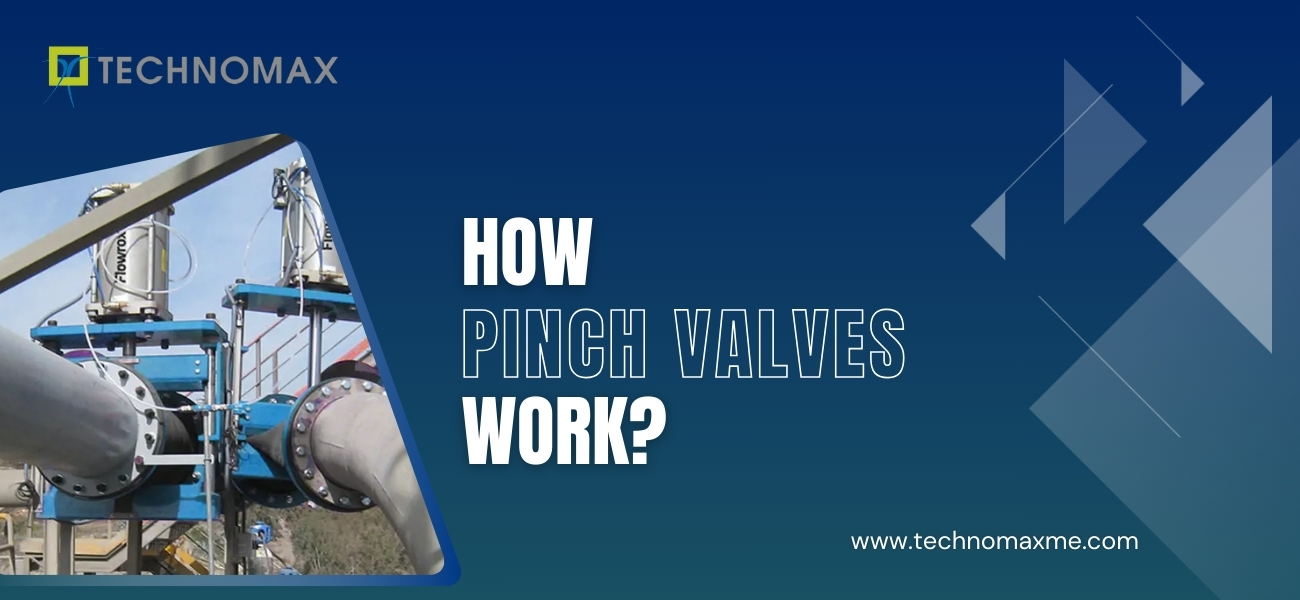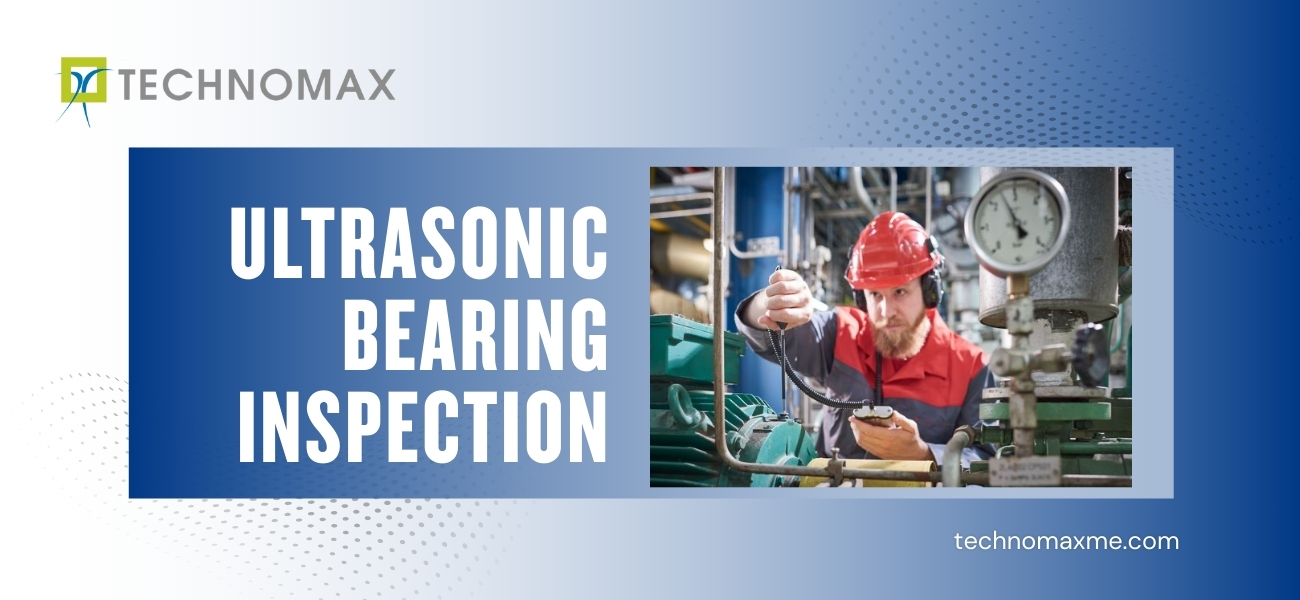
Pressure spikes and pulsations in piping systems are frequent challenges in fluid handling, potentially causing significant damage to the equipment and affecting overall system performance. That's why it is necessary to install a pulsation dampener. A pulsation dampener is an essential device that mitigates the risks of pulsation-induced issues. Understanding the operation and benefits of pulsation dampeners is crucial for selecting the right one for specific applications.
This blog will delve into the basics of pulsation dampeners, covering their types, working principles, and main advantages, and guide on selecting the right one for specific industrial requirements.
What Is a Pulsation Dampener?
A pulsation dampener is a device that is installed in piping systems to smooth out rapid pressure fluctuations during pumping processes. It is primarily a vessel with pressurised gas inside, which regulates pressure variations caused by several factors, including pump operation, valve actions, or fluid dynamics within the piping itself. A steady fluid flow is crucial for equipment's optimal performance and longevity, necessitating pulse dampeners in various industries, including oil and gas, water treatment, and chemical processing.
Understanding Pressure Pulsations
Knowing the root causes and consequences of pressure pulsations is key to selecting and using pulsation dampeners for optimal fluid flow control. Essentially, pressure pulsations are rapid and unwanted pressure variations within a piping system, often caused by an abrupt change in fluid velocity.
Positive displacement pumps like diaphragm pumps can create pressure surges and flow fluctuations. The pumping action of a diaphragm pump, with its up and down strokes, creates pressure variations that cause the flow rate and pressure to fluctuate. These pulsations can be detrimental, causing excessive vibrations, noise, metering inaccuracies, and wear on system components. Over time, this can result in system inefficiencies, increased maintenance costs, and potential breakdowns.
In applications sensitive to pulsation, like inkjet printing, dampeners are essential for using diaphragm pumps effectively. They minimise stress on downstream components, ensuring a longer and smoother operation for your entire system. So, if you want to optimise your diaphragm pump performance and safeguard your equipment, consider pulsation dampeners; they might be the missing piece for a trouble-free flow.
Types of Pulsation Dampeners
Several pulsation dampeners are available on the market, each with unique designs and operating principles to suit different needs. Diaphragm-type, bladder-type, and piston-type dampeners are some of the major varieties of pulsation dampeners based on their internal separating elements. However, the two primary categories of pulsation dampeners based on the mechanism of dampening are:
- Active Pulsation Dampener:
Active dampeners leverage compressed air and a diaphragm to dynamically respond to pressure fluctuations, automatically regulating the internal pressure to counteract pulsations. The diaphragm separates the liquid chamber from the pressurised air chamber. As pressure variations enter the dampener, the compressed air automatically adjusts to compensate, resulting in a smoother and more stable flow. They are highly effective in dynamic systems with varying pressures and offer a high degree of control.
- In-line Passive Pulsation Dampener:
Unlike active models, passive pulsation dampeners rely on a pre-charged gas or liquid bladder to absorb and dampen pressure fluctuations. However, when there are significant pressure changes in the system, a manual recharge is necessary to align with the new pressure conditions. Passive dampeners are a simpler, more cost-effective solution well-suited for moderate pressure fluctuations.
The Principle of Operation
The principle of operation for a pulsation dampener involves the absorption and dissipation of pulsation energy. When the pump generates pressure fluctuations, the dampening element (diaphragm, bladder, or piston) within the pulsation dampener counteracts these by expanding and contracting. During pressure peaks, this element expands to absorb the excess pressure, preventing the pressure spike from propagating through the system. Conversely, when pressure dips, the stored energy within the element pushes fluid back into the system, effectively ironing out the fluctuations. This continuous cycle produces a more consistent downstream flow with minimal pressure variations, noise, and vibration.
Components of a Pulsation Dampener
Despite variations in size, design, and materials across different pulsation dampener types, they all share a core functionality achieved through a combination of key internal components. These components work together to dampen pulsations caused by reciprocating pumps or compressors, thereby maintaining a consistent liquid flow for enhanced system reliability. Let's explore the main components of a pulsation dampener:
- Pressure Vessel: The pressure vessel, or housing, is normally made from durable materials like stainless steel or high-strength plastics to withstand high pressures and resist corrosion, ensuring its longevity and reliability. It securely houses internal components, providing smooth fluid flow and effective absorption of pressure fluctuations.
- Dampening Element (Diaphragm/Bladder/Piston): The bladder, or diaphragm, is a flexible membrane that separates the gas and fluid. It absorbs pressure fluctuations by expanding and contracting in response to changes in fluid pressure. Depending on the application, either the bladder or diaphragm should be used. Bladder types excel at high pressures, while diaphragms offer broader pressure compatibility.
A piston is another dampening element, a solid component that moves within a cylinder, separating the fluid and gas. The piston absorbs pulsations by moving in response to pressure changes. Piston types are used in high-pressure and high-flow applications, especially in industrial processes and pumping systems with more aggressive fluids.
- Air Chamber: The air chamber contains a compressible gas, usually nitrogen, which acts as a cushion to absorb pressure pulsations. It is pre-charged to a specific pressure before the operation, which is crucial for optimal damping performance and must be adjusted based on the system's operating conditions.
- Inlet and Outlet Valves: These connections control the flow of fluid into and out of the dampener. They ensure the fluid enters the dampener smoothly and exits without causing backflow or turbulence. The precise configuration of inlet and outlet valves is essential for optimal damping performance. The valves can be check valves, ball valves, or other types designed to maintain the desired flow characteristics, depending on the system's requirements.
Selecting the Right Pulsation Dampener
Choosing the appropriate pulsation dampener for your application requires careful consideration of several factors, such as:
- Pressure Ratings and Flow Rate: It is crucial to ensure the dampener can handle the full range of pressures in your system. Match the dampener's capacity with the system's flow rate to ensure steady fluid dynamics.
- Fluid Type: Ensuring compatibility between the dampener materials and the fluid used is vital. Various fluids may necessitate specific materials to ensure optimal performance and prevent corrosion.
- Operating Conditions: Consider the operating temperature range, pressure levels, duty cycle, and ambient conditions while selecting the dampener.
- Available Space: Consider the available installation space and choose a model that fits these spatial limitations.
- Connection Size: It is important to ensure that the dampener's connection ports are compatible with your system's existing fittings and pipelines.
- Desired Performance Level: Look for specifications regarding the dampener's efficiency in reducing pulsations to ensure it meets your system's requirements.
- Ease of Maintenance: Ensure the dampener is easy to maintain and service and has easily available replacement parts.
The Benefits of Pulsation Dampeners
The use of pulsation dampeners in fluid systems offers great advantages. Let's discuss some of the key benefits:
- Enhanced System Performance: The unsteady pressure fluctuations can disrupt flow stability, impacting the accuracy of flow metres. By smoothing out pressure variations, pulsation dampeners ensure a smoother, more consistent flow, improving the overall efficiency of the system and reducing energy consumption.
- Prolonged Pump and Equipment Lifespan: Pressure pulsations can cause significant wear and tear on pumps, valves, pipes, and other components. Pulsation dampeners absorb or dampen these pressure fluctuations, reducing the mechanical stress on these parts and extending their operational life. This will also contribute to lower overall maintenance costs for your piping system.
- Reduced Noise Levels: The increased noise levels caused by the pressure pulsations can be disruptive in both industrial and commercial environments. Pulsation dampeners reduce these noises, creating a quieter and more pleasant working environment.
- Increased Cost Savings: The combination of reduced energy consumption, lower maintenance costs, and extended equipment life results in significant cost savings over the life of the system.
Pulsation Dampener Knowledge and Support From Technomax
For over 18 years, Technomax has been the trusted choice for pulsation dampeners across the Middle East and GCC. As a leading engineering company in UAE, we partner with leading manufacturers to provide a comprehensive selection of high-quality dampener solutions for diverse industrial needs, from oil and gas to marine and infrastructure. With a deep understanding of the unique challenges and requirements of various industries, our team of experts goes beyond distribution. From initial consultation and system analysis to installation and maintenance support, we are committed to providing comprehensive assistance every step of the way. We ensure you get the Yamada pulsation dampener for optimal performance and long-lasting reliability in your fluid handling systems. Partner with Technomax for all your pulsation dampener needs and experience unmatched expertise, quality, and support in the industry.
Learn More About Our Services


Get Started Now!
It takes less than a minute of your time. Or you may simply call +971 2 555 1 783






